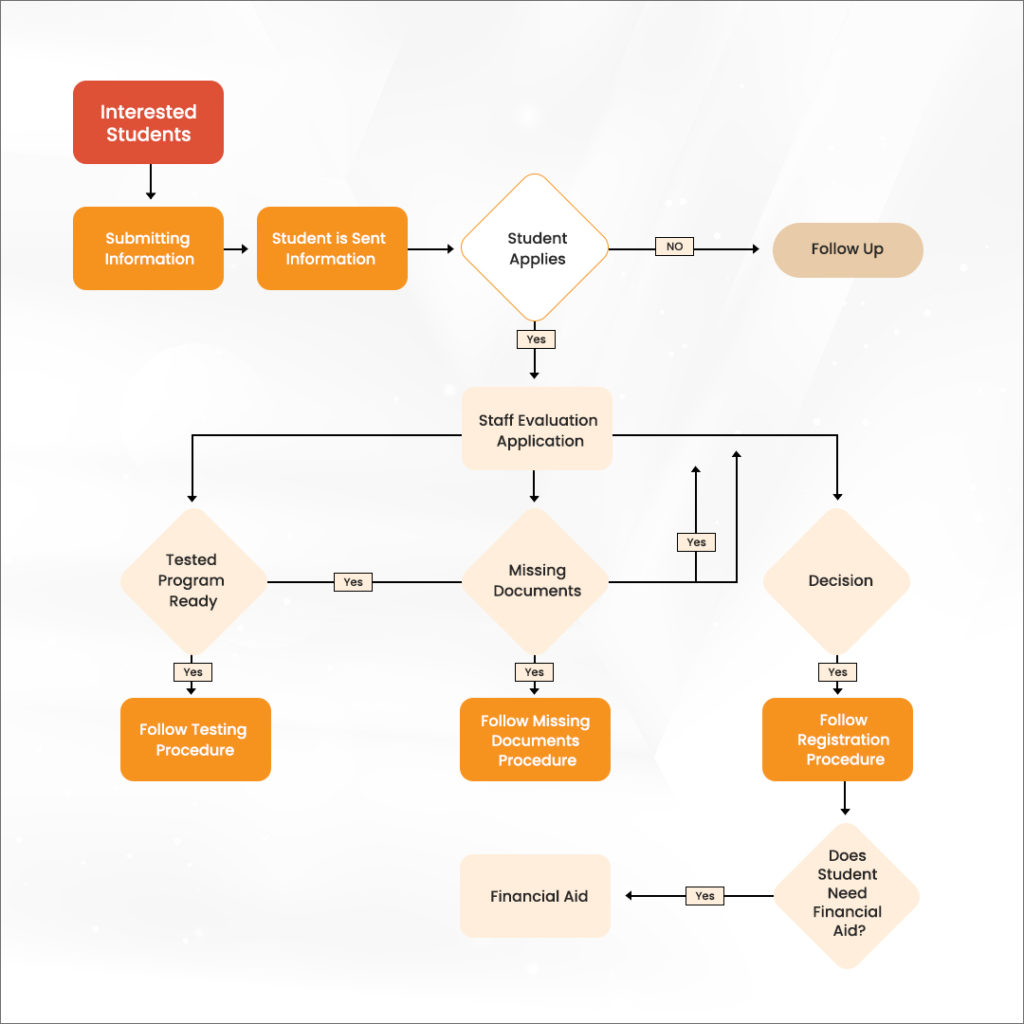Every few years it seems like programmers develop new methods or turn old into something new. This allows users to create applications that are constantly evolving. Now it seems like everyone is using microservices in their design.
So what are microservices? As the name suggests, these are just small functions that do one thing and do it well. Sometimes the microservice is only local to the main application, sometimes it can be a different cloud service, for example, one of the many email delivery providers.
Universities are made up of several departments and the direct measurement of a university’s performance, in general, depends on how well those departments are able to exchange the necessary information. All the functions of the university depend in some way on this exchange, and if it is weeks or even days for applicant files to take from test to decide, then it’s not difficult to predict that the applicant’s overall enrollment percentage will suffer, reducing the facility’s overall efficiency.
Having said that, let’s get back to the concept of microservices. The main feature that a university can take advantage of is that microservices are designed to share data as the main function and handle the functionality. Extend this concept to the cloud and think of all the different cloud services from email providers to, SMS, memory blocks. This makes it easy to set up an efficient system that will help move this data back and forth and process these applicants by improving communication with the applicant and informing staff about an applicant question.
Taking the micro-functionality approach you can build everything required to push applicants more efficiently through the application process of prospect -> applicant->tested ->documents submitted->awarded aid-> registered.
Major BottleNecks in College Admission System

Shown above is a typical community college process when a new student is admitted to college. Some colleges may have more or fewer steps, or you may just think about things that go into applying an applicant through the various processes listed above. One of the arrows in the above figure shows a possible bottleneck for the applicant while going through the process. Any of them can prevent you from enrolling a student for the start of the period.
All steps in the approval process have a standard action. The applicant needs to know what to do next. If the applicant is serious about learning a new profession, then he will set up his test date and present his certificates. But he needs to be always informed 100% and maybe even informed more than once. After all, most community colleges are made up of older adults facing jobs, children, and other crises. they need to be said more than once in more than one way.
So who does this job of contacting applicants in different states in the application process to let them know that college is still missing their high school transcript? One should do a population selection in a banner or other report and then email them. You may have the recruiting module to help, but many schools have to manually pull data from Ellucian Banner in order to send students an email.
How can Microservices Help?
By using cloud services, the functionality can be achieved by sending a simple JSON message to your cloud provider. Some of the cloud providers like SendInBlue or SendGrid allow you to update your lead’s attributes through their web API and send emails. They also offer text messaging capabilities.
This is how you can reach applicants “wherever they are” in the huge global network. This allows you to segment requesters based on their position in the process and feeds them into workflows that eliminate the need for interaction until the requestor exists in the workflow. It seems that now machines do the machine’s job and people can focus more on people’s work.
Conclusion
So let’s address that what has been talked about doesn’t quite fit a microservice, let’s coin a new term, let’s call them MicroFunctions and Feature Packs, these types of services should start making their way to all IT directories to find and the CIO needs to think about how to safely integrate cloud functionality into its processes without violating FERPA(Family Education Rights and Privacy Act). It’s getting too expensive to run these huge internal server farms. And writing the functionality you get with an email provider makes it your own. Mail platform becomes a legacy, and a backward platform.










